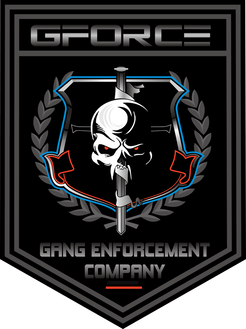HATE GROUPS
A Hate Group is a group that advocates and practices hatred, hostility, or violence towards members of a race, ethnicity, nation, religion, gender identity, sexual orientation or any other designated sector of society. According to the FBI, a hate group's primary purpose is to promote animosity, hostility, and malice against persons belonging to a race, religion, disability, sexual orientation, or ethnicity/national origin, which differs from that of the members of the organization.?
Traditionally, hate groups recruited members and spread extremist messages by word of mouth, or through the distribution of flyers and pamphlets. In contrast, the Internet allows hate group members from all over the world to engage in real-time conversations. The Internet has been a boon for hate groups in terms of promotion, recruitment and expansion of their base to include younger audiences. An Internet hate group does not have to be part of a traditional faction such as the Ku Klux Klan
While many hate sites are explicitly antagonistic or violent, others may appear patriotic or benign, and this façade may contribute to the appeal of the groups. Hate group websites work towards the following goals: to educate group members and the public, to encourage participation, to claim a divine calling and privilege, and to accuse out-groups (e.g. the government or the media). Groups that work effectively towards these goals via an online presence tend to strengthen their sense of identity, decrease the threat levels from out-groups, and recruit more new members.
The Simon Wiesenthal Center (SWC), in its 2009 iReport, identified more than 10,000 problematic hate and terrorist websites and other internet postings, The report includes hate websites, social networks, blogs, newsgroups, YouTube, and other video sites. The findings illustrate that as the internet continues to grow; extremists find new ways to seek validation of their hateful agendas and recruit members.
While many hate sites are explicitly antagonistic or violent, others may appear patriotic or benign, and this façade may contribute to the appeal of the groups. Hate group websites work towards the following goals: to educate group members and the public, to encourage participation, to claim a divine calling and privilege, and to accuse out-groups (e.g. the government or the media). Groups that work effectively towards these goals via an online presence tend to strengthen their sense of identity, decrease the threat levels from out-groups, and recruit more new members.
The Simon Wiesenthal Center (SWC), in its 2009 iReport, identified more than 10,000 problematic hate and terrorist websites and other internet postings, The report includes hate websites, social networks, blogs, newsgroups, YouTube, and other video sites. The findings illustrate that as the internet continues to grow; extremists find new ways to seek validation of their hateful agendas and recruit members.
"In 2019, the SPLC tracked 940 hate groups across the U.S.”
- SOUTHERN POVERTY LAW CENTER
COMMON HATE GROUP IDEOLOGIES
The below list is not all inclusive. Additional information is added as it is obtained. The maps, links and downloads have been aggravated from multiple sources and accuracy can not be guaranteed. for informational purposes only.
|
|
